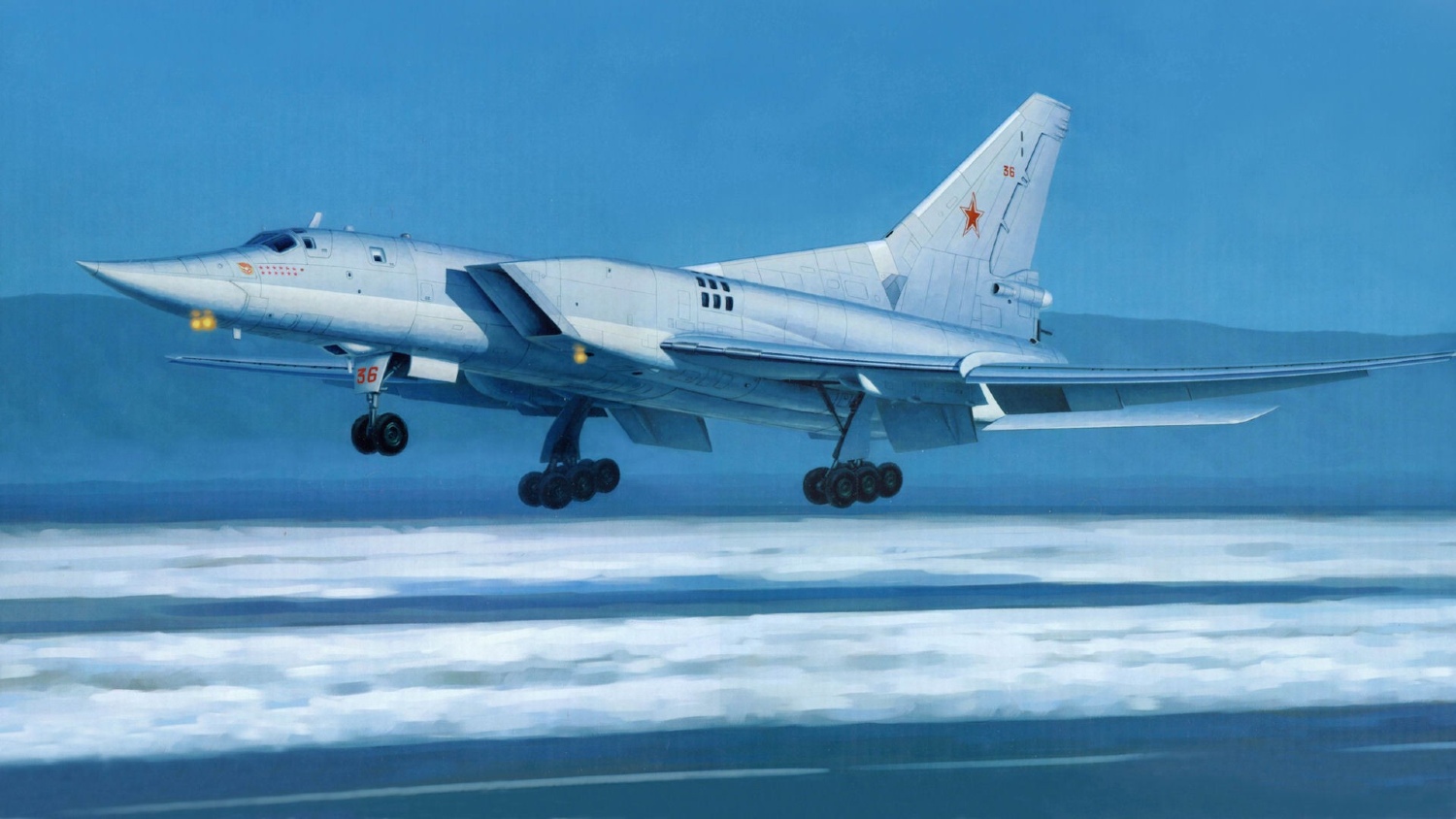Russia has not used its large strategic bombers to conduct standoff long-range air-to-ground missile strikes into Ukraine for over a month, puzzling Western, especially British analysts.
According to an update by the British Ministry of Defense (MoD), the “longest” gap in “such strikes” since the conflict began could be to wait for the production of its cruise and ballistic missiles and other munitions to hike up and replenish its stocks. It will then commence its expectant winter phase of hitting Ukraine’s energy production, distribution, military, and civilian-military targets in Kyiv and other Ukrainian cities.
However, a closer look suggests that Russia might find less utility in such strikes, primarily if used frequently. This is mainly because Ukraine receives ‘advance notice’ before such strikes from US and North Atlantic Treaty Organization (NATO) special mission early warning aircraft that are on flight 24×7 from beyond Ukraine’s borders, watching Russian airspace.
They closely track both the Russian missiles and the aircraft after their launch.
Russia Not Using Long-Range Bombers
According to the update by the United Kingdom’s (UK) Ministry of Defense (MoD), the Russian Air Force’s “Long Range Aviation fleet (LRA) of heavy bombers has not conducted air-launched cruise missile strikes into Ukraine for over a month, one of the longest gaps in such strikes since the conflict began.”
These bombers consist of the Tupolev Tu-95MS, Tu-160, and even the Tu-22 that fires the Kh-101, Kh-55 air-launched cruise missiles, and the MiG-31K that fires the Kinzhal aero-ballistic hypersonic cruise missile.
They are sometimes fired in coordination with the sea-based 3M54-1 Kalibr cruise missile, the 9K720 Iskander battlefield tactical ballistic missile, and possibly even the Geran-2 kamikaze drones.

Apart from Ukrainian energy infrastructure, the strikes were useful in destroying Ukraine’s defense production facilities, “storage depots for ammunition,” and “temporary deployment sites” of Ukrainian soldiers – as the Russian Ministry of Defense (RuMoD) frames it.
While Russia can “still utilize other strike capabilities,” the LRA had been the “primary method for conducting stand-off precision strikes.”
Suggesting Russia’s defense production base needs time to catch up, it will likely use any “recently produced inventory LRA munitions to strike Ukrainian energy infrastructure over the winter.” Russia will employ “Iranian-designed one-way attack uncrewed aerial vehicles” to supplement any such campaign.
US, NATO Planes, Satellites Give Ukraine Prior Warning
One of the reasons why Russia might be employing the large bombers and missiles sparingly is the early detection updates Ukraine receives from US and NATO aircraft and American satellites.
Planes like the RC-135 Rivet and the E-3 Sentry Airborne Warning Control System (AWACS) are on patrol from outside Ukraine’s western border up to the Baltic Sea, skirting Belarusian and Russian boundaries, keeping a close watch on Russian military aircraft.
Not only can the bombers be mostly tracked, but the special mission aircraft work in conjunction with the US’s Space-Based Infrared (SBIRS) satellite network. SBIRS data on the bombers’ and their missiles’ distinct heat signatures is synchronized with the early warning tracking information from the US aircraft to have the missiles’ closest possible accurate time of arrival. It can be assumed that Ukraine receives roughly 2 to 3 hours notice to prepare itself for such attacks.
Ukrainian Air Defense (AD) radars are subsequently alerted, and the early queuing helps shoot down many of these missiles. Periodic Ukrainian claims of an increasing number of shootdowns are a result of these coordinated air defense tactics.
Russia Is The Winner, But Industrially
It’s a different matter that Russia is still essentially the winner. It loses its missiles before they hit their targets, but Ukraine is also expending the Western-supplied surface-to-air missiles (SAM), which are not manufactured in Ukraine.
Even their origins in European and American militaries have limits since all of them have come from their existing stockpiles, affecting their military preparedness.
Their defense industries, meanwhile, have suffered from decades of underfunding and have expressed their inability to galvanize production rapidly. It would take years to replenish the tens of millions of ammunition donated to Ukraine and then reach production levels to meet the needs for a full-scale conventional war.
- The author can be reached at satamp@gmail.com
- Follow EurAsian Times on Google News